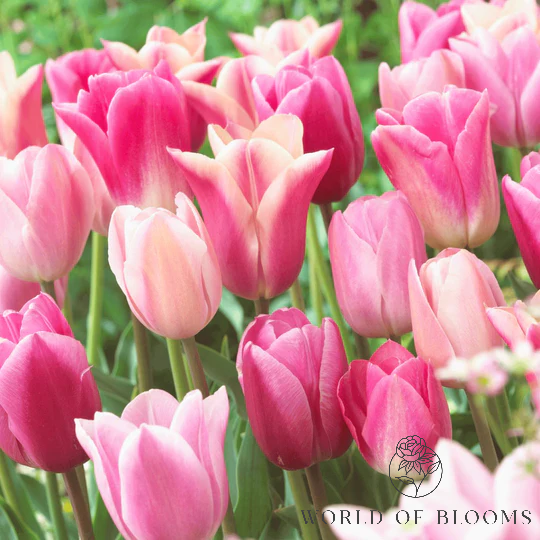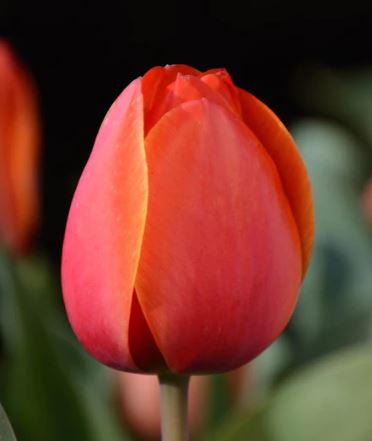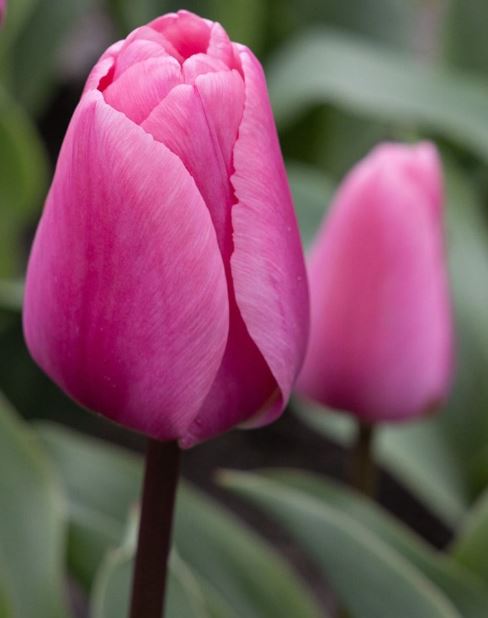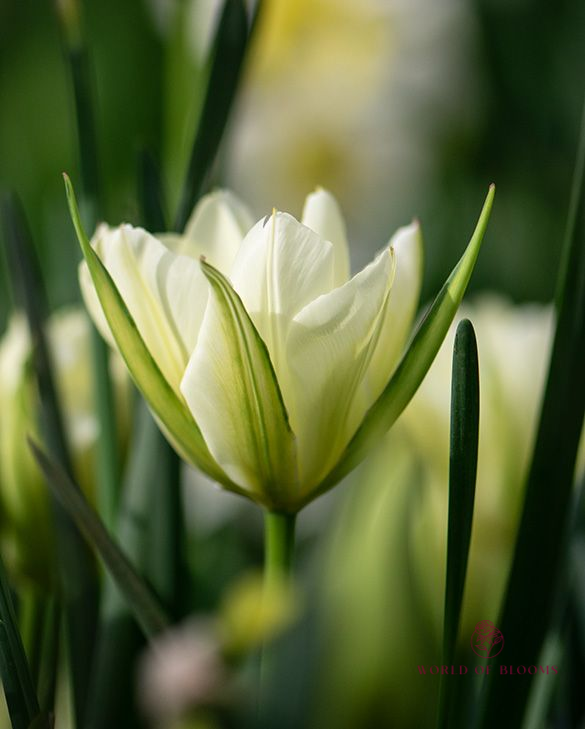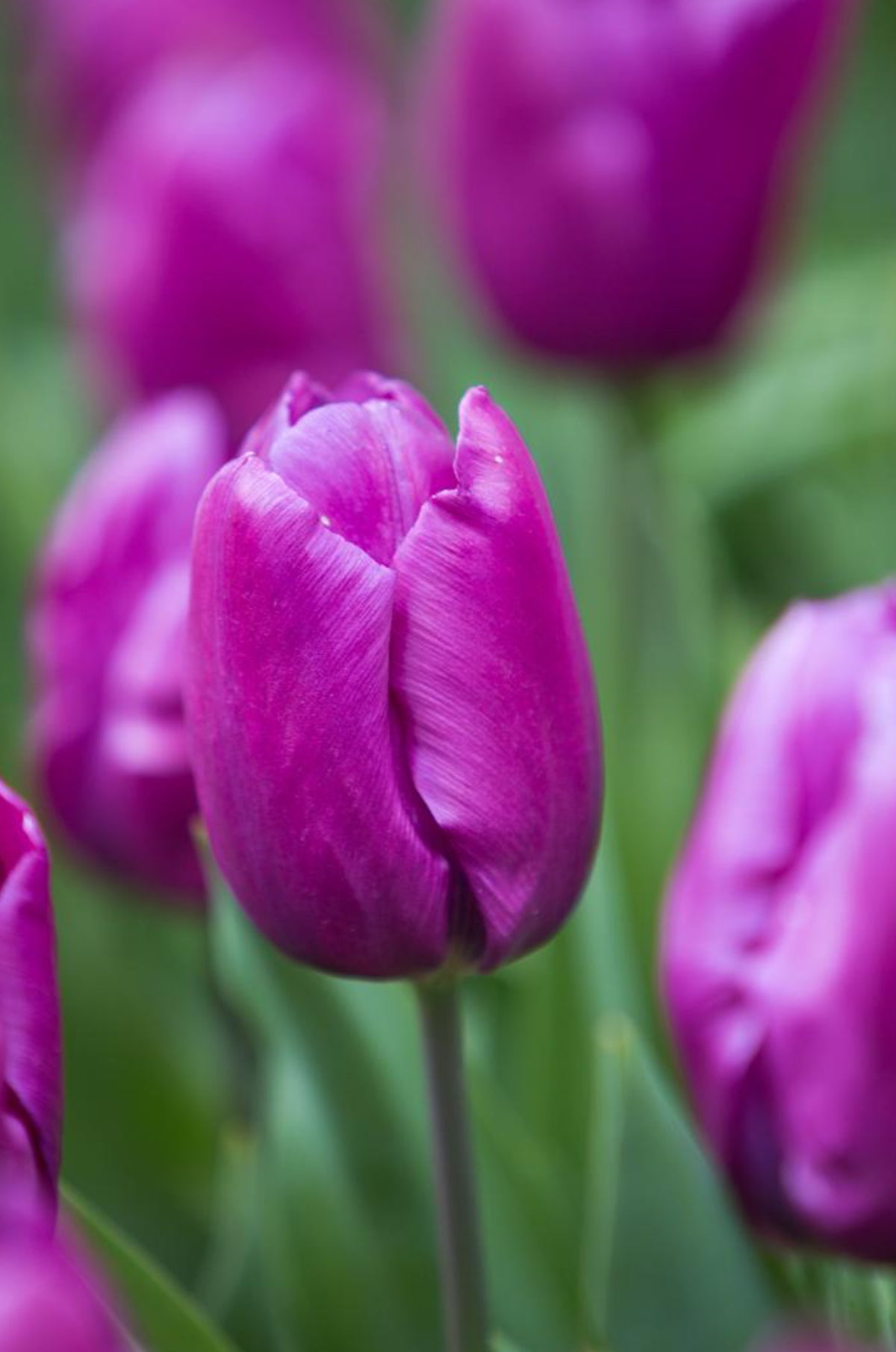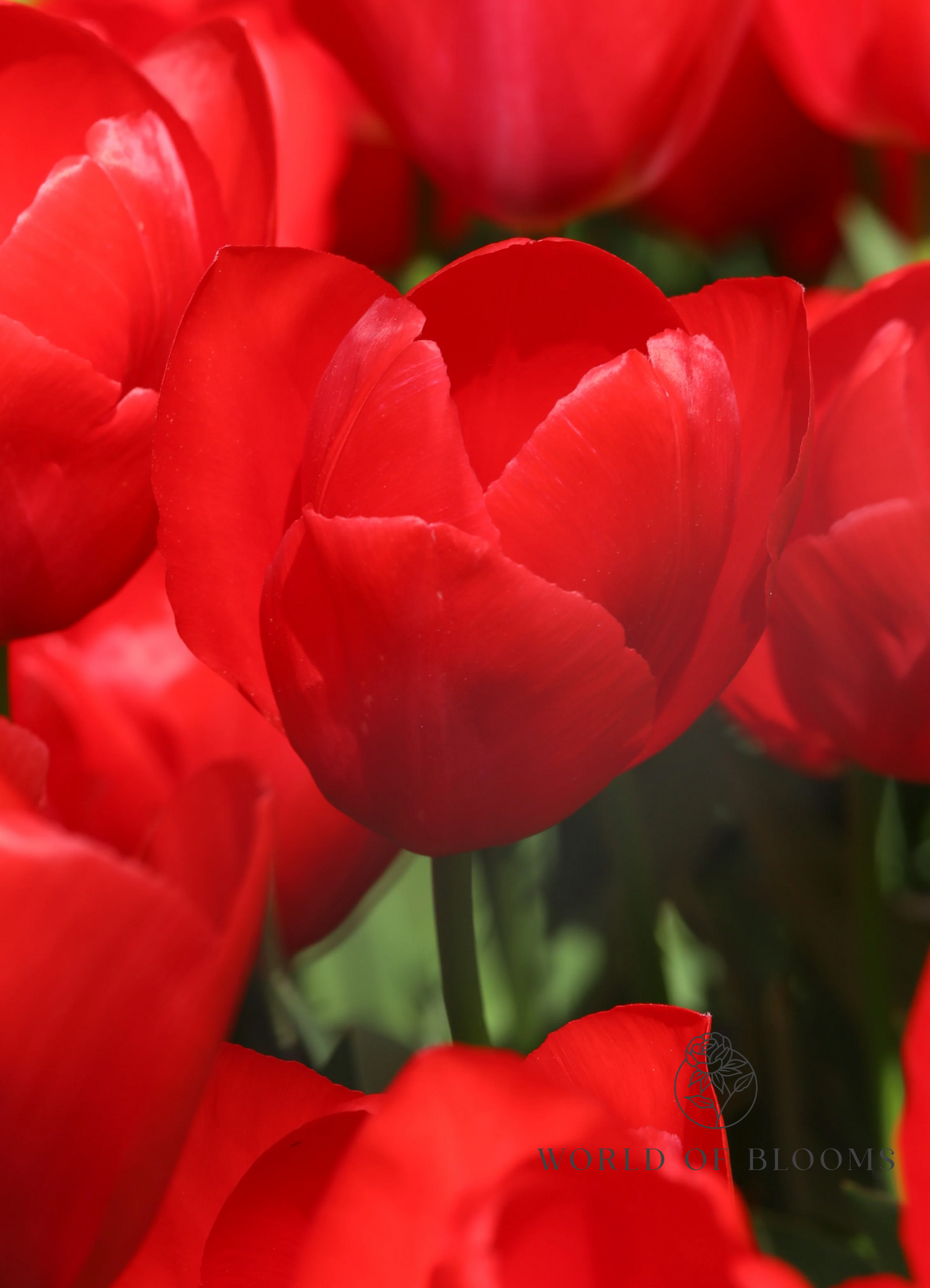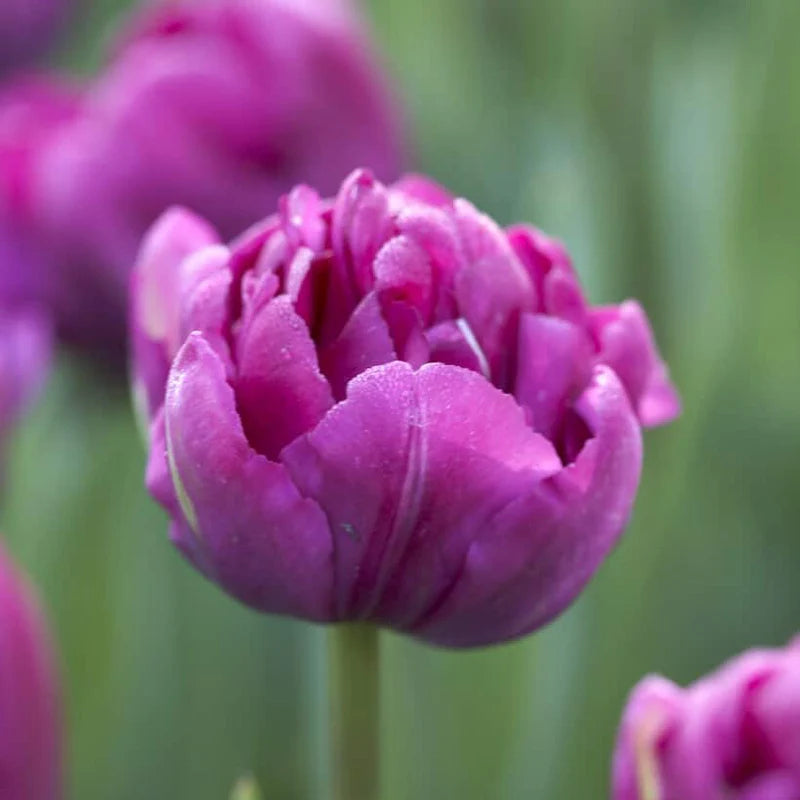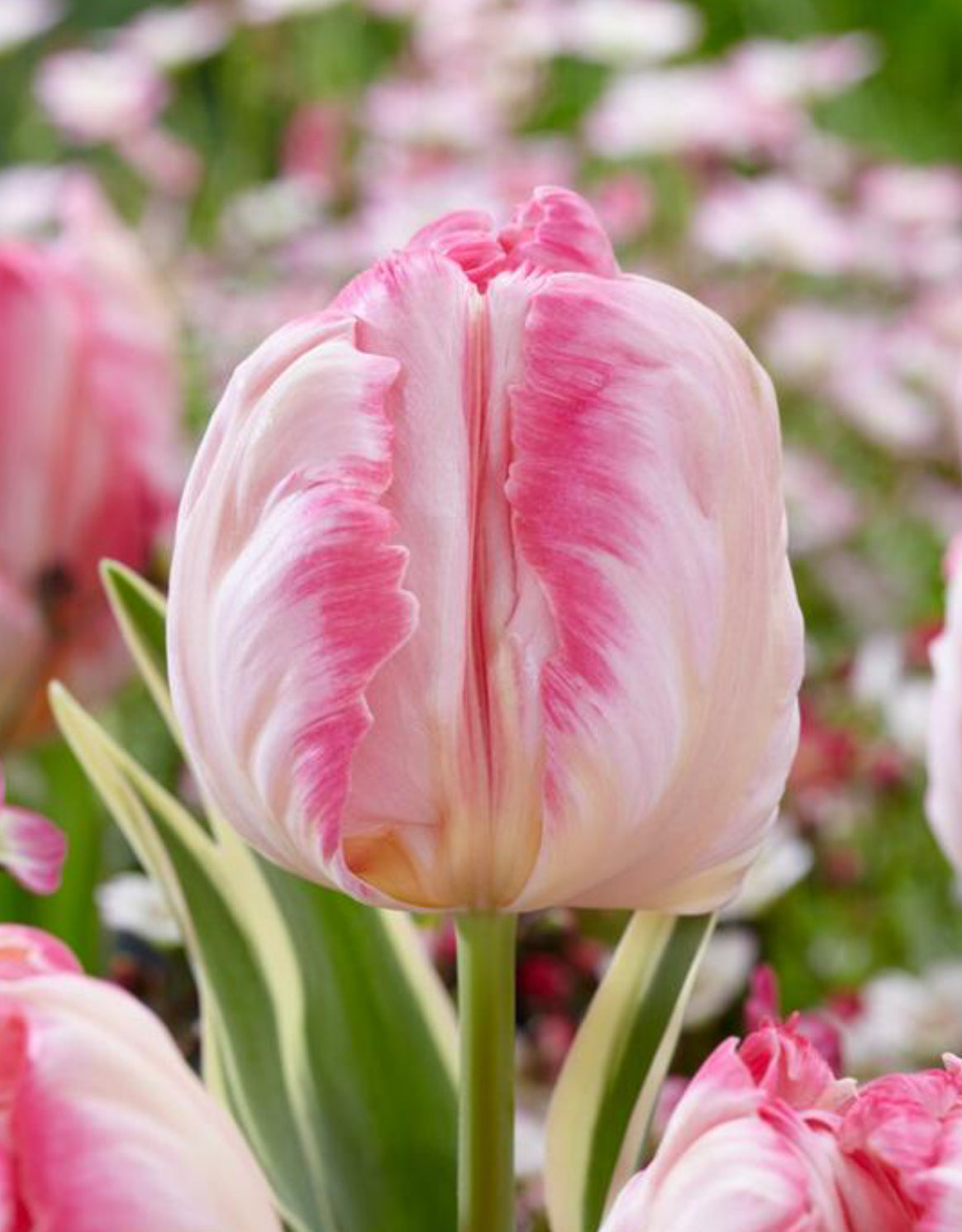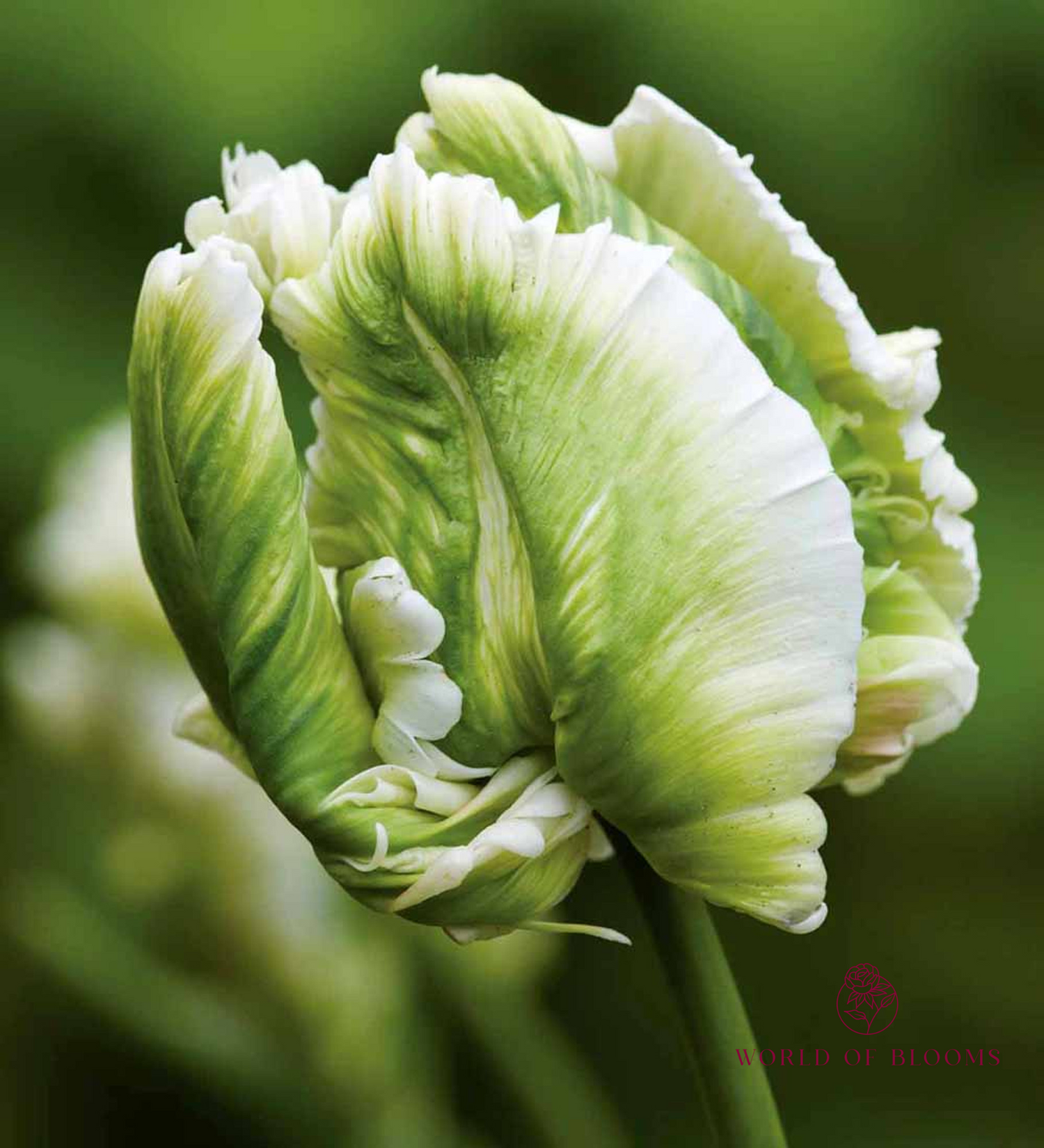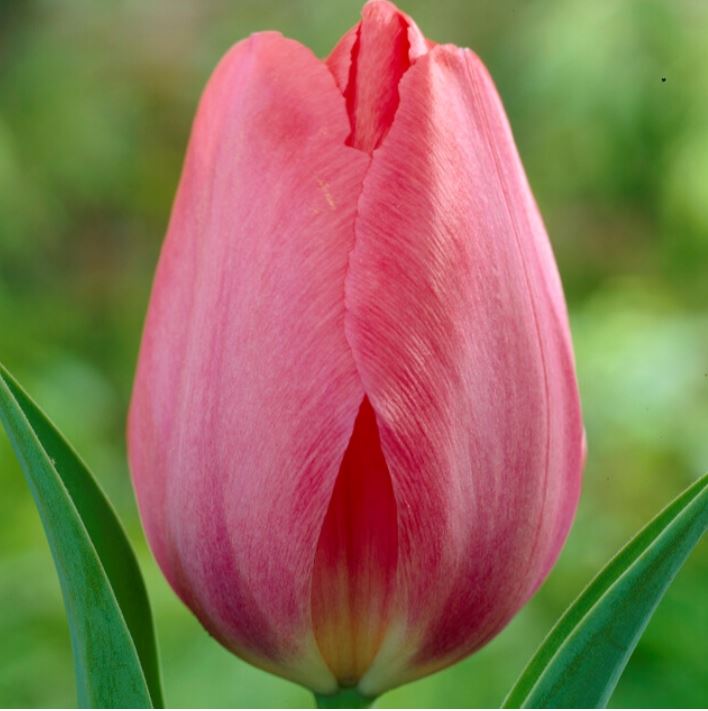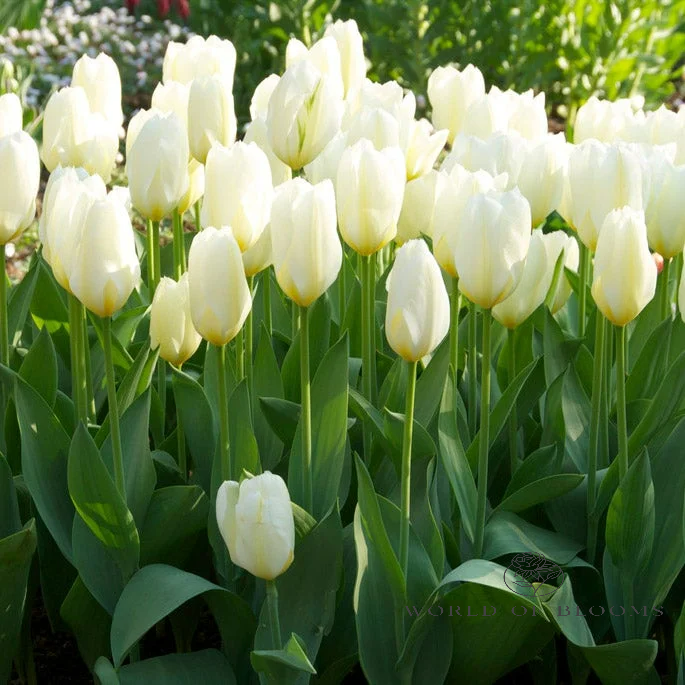Giant 'Ambassador' Allium
Couldn't load pickup availability
The Giant 'Ambassador' Allium (Allium giganteum) is a striking, ornamental flowering plant known for its dramatic appearance and impressive size, this species is often featured in garden beds, flower borders, and as a specimen plant in large landscapes. The 'Ambassador' Allium can reach a towering height of 4 to 5 feet (120-150 cm). Its tall, rigid stems make it a standout feature in any garden or landscape design. The plant's most distinctive feature is its globe-shaped flower head, which can grow up to 8-10 inches (20-25 cm) across.
Size: 20+
Zones 3 - 8
When to Plant
- Timing: Plant Allium bulbs in the fall, ideally 6-8 weeks before the first hard frost. This gives the bulbs enough time to establish roots before winter.
Where to Plant
- Location: Choose a sunny or partially sunny spot. Alliums prefer full sun but can tolerate some shade.
- Soil: Well-drained soil is crucial. If your soil is heavy or clay-like, consider amending it with sand or compost to improve drainage.
How to Plant
- Prepare the Soil:
- Loosen the soil to a depth of about 12 inches.
- Mix in some compost or well-rotted manure to enrich the soil and improve drainage.
- Planting Depth:
- Plant the bulbs about 6-8 inches deep. This means you'll need to measure from the base of the bulb to the soil surface.
- Space the bulbs 6-8 inches apart. This allows them enough room to grow without overcrowding.
- Planting Instructions:
- Dig a hole that's about 6-8 inches deep.
- Place the bulb in the hole with the pointed end facing up.
- Cover the bulb with soil and gently pat it down.
- Watering:
- Water the bulbs thoroughly after planting to help settle the soil.
- Ensure that the soil remains moist but not waterlogged over the winter.
- Mulching:
- Apply a layer of mulch (about 2-3 inches) over the planting area to help insulate the bulbs and retain moisture.
Aftercare
- Spring Growth: As the weather warms in the spring, you'll see the foliage and flower stalks emerging.
- Watering: Water the bulbs regularly during their growing season but avoid overwatering.
- Fertilizing: A balanced fertilizer can be applied in early spring to encourage strong growth.
Tips
- Pests and Diseases: Alliums are generally resistant to pests and diseases. However, good soil drainage and proper spacing can help prevent issues.
- Companion Planting: Alliums work well with other spring flowers like tulips and daffodils, as well as with summer perennials.
With these steps, you should have a mesmerizing display of Alliums in your garden come spring and summer!
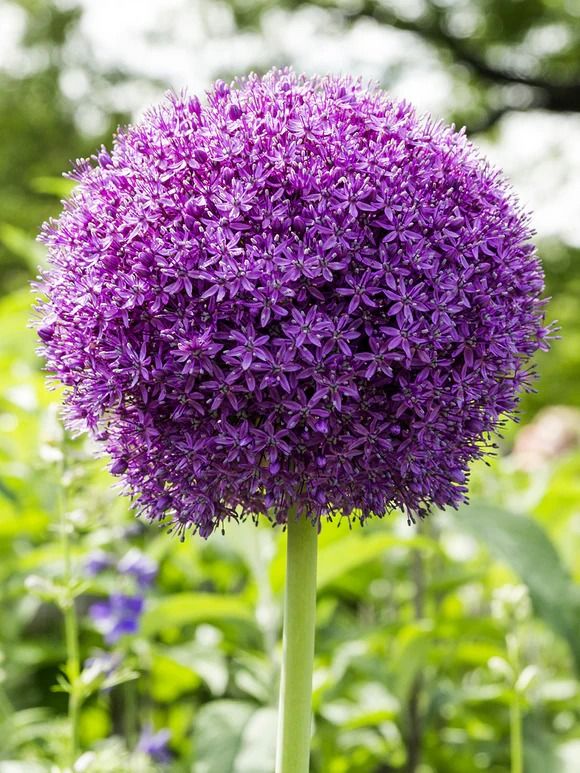
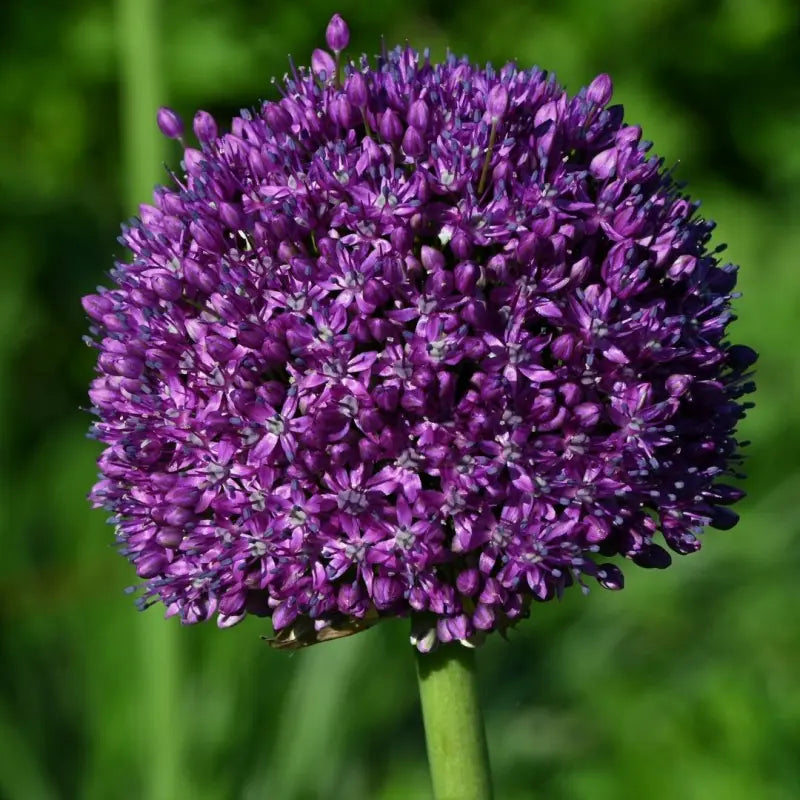
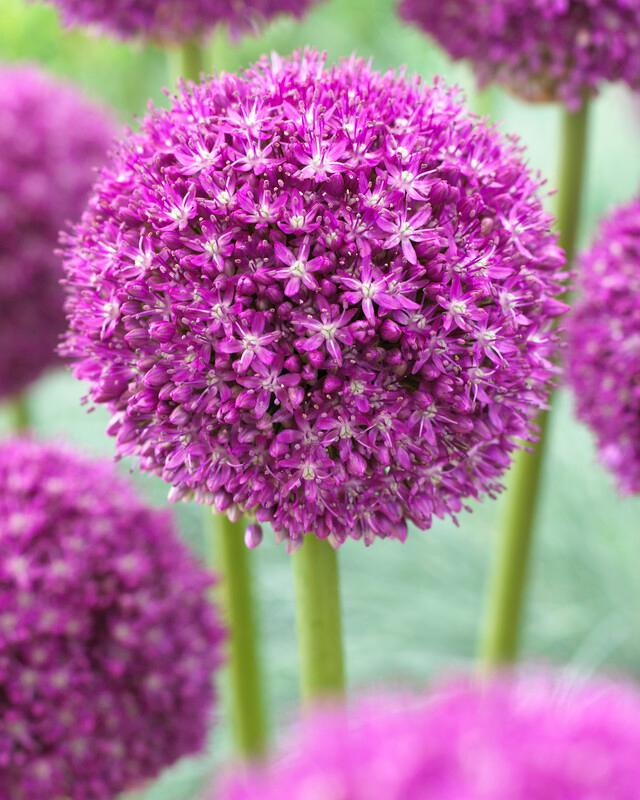
Recently viewed
